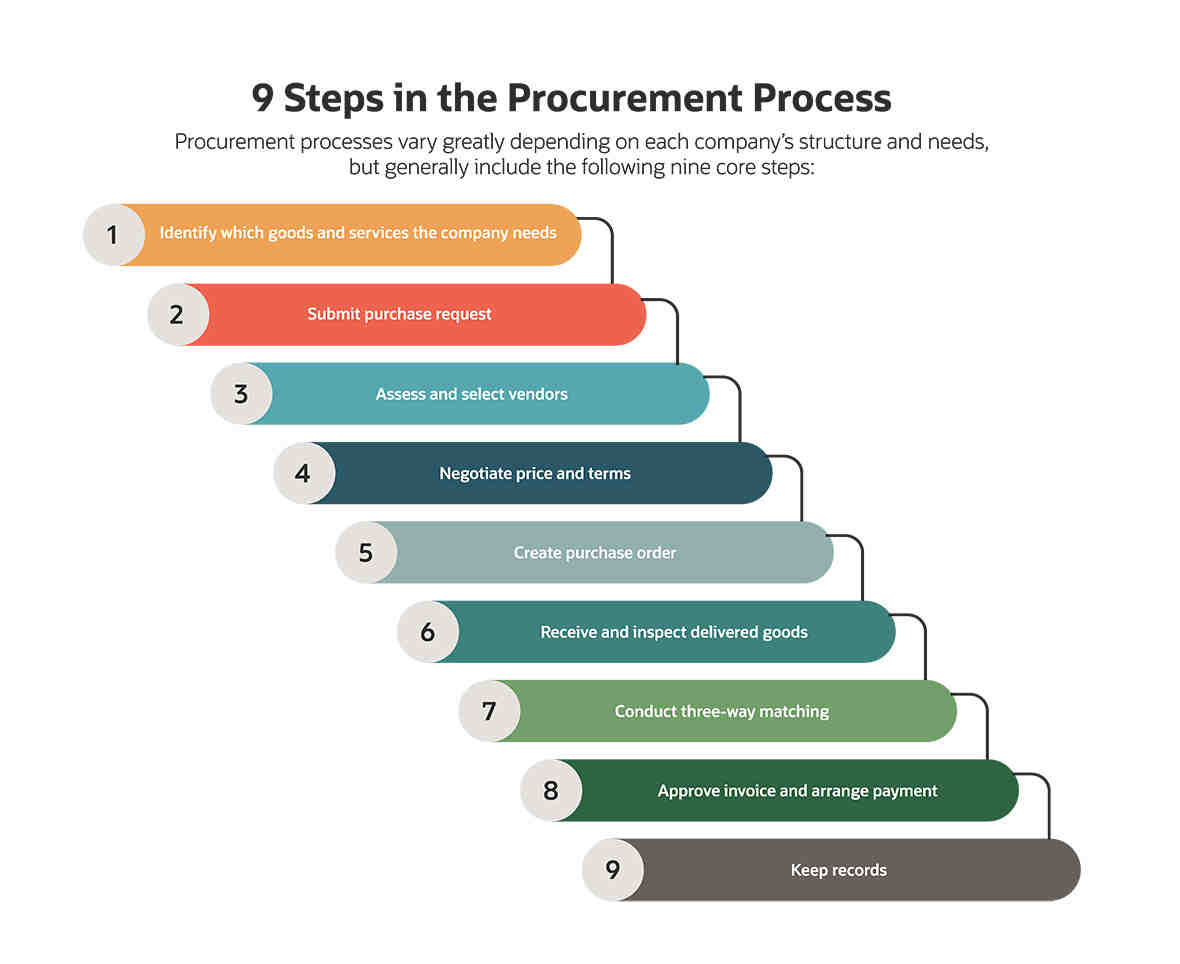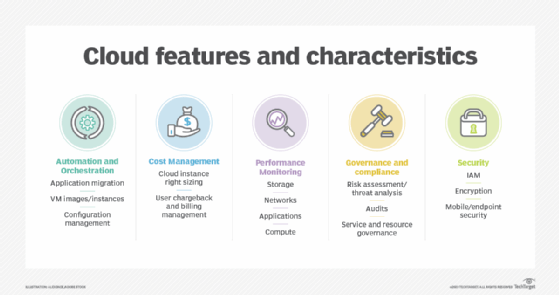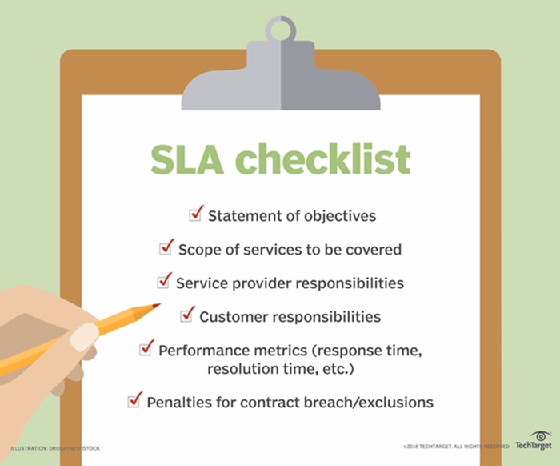As customers demand personal services, companies are under increasing pressure to meet these requirements. In turn, employees need support as projects become more complex, and to meet the needs of both customer and workforce, juggling cloud management internally can be a relentless headache.
In these situations, companies seek help from a managed IT service provider. These highly skilled technology partners specialize in simplifying the process and relieving headaches. Ultimately, managed services free your employees from time-consuming tasks and allow them to focus on their core business instead.
In a world where technology is moving at an incredible speed, managed service providers (MSPs) have become an integral part of corporate IT environments. Research from Mordor Intelligence shows that the global market for managed service providers (MSP) was valued at USD 152 billion in 2020 and is expected to grow with a CAGR of 11.2 percent to reach USD 274.20 billion by 2026. The implication is clear: Managed services are here to stay.
However, as with any service business, choosing a provider is subject to certain levels of risk. You need to make sure your organization gets what it needs from MSP without being led astray by someone looking for a quick cash.
Then there are some critical mistakes you should avoid when choosing a managed service provider:
Base your decision solely on price
You may have tight budget constraints, but that should not mean going too cheap when choosing an MSP because this may end up costing more in the future. If you can bring more funding into play in the beginning, then do so, but if you are working on a tight budget, choose an MSP that will work within these parameters.
Giving up all control is never a good idea
Even if you outsource all of your company’s day-to-day application security activities to a managed service provider, you remain responsible for the software security strategy. If something goes wrong, it will be your name customers, and the audience will remember, not the managed services provider.
Choose an MSP that gives you full control over test timing and depth. In addition, make sure you have a full overview of test progress and results, as well as continuous communication with MSP. Providers who care about transparency offer cloud-based monitoring systems so that clients can get an overall picture of the test results at any time.
Choose an MSP that does not understand your business and network infrastructure
Managed service providers need to understand how your network works and what may or may not happen within its parameters in order to provide you with the right support. If they do not know anything about the company’s needs, structure and processes – or worse, if they do not even bother to ask questions before hiring a customer – it will probably lead to problems later when things do not work as expected.
MSPs that offer managed service packs need to know what is always going on so that they can troubleshoot effectively when an incident occurs.
Before logging on to a dotted line, make sure your managed service partner understands your business model and network infrastructure. If they can not prove their abilities, look elsewhere.
On top of that, make sure your managed service provider is ready to spend resources on understanding exactly how things are going in your business. This way, they will offer solutions that will work for your specific needs.
Lack of understanding of service level agreements (SLAs)
All managed service packages come with a Service Level Agreement (SLA) that defines the services offered to meet your business requirements. Your service agreement should not only define downtime that will be refunded to your business, but should also specify how quickly a managed service provider will respond when an outage occurs.
If you are looking at managed network solutions, make sure that “network availability” or guaranteed uptime percentage is within SLA. If unplanned downtime occurs due to defective equipment or poor management of resources, they will compensate accordingly. Also, make sure that all managed IT packages offer proactive maintenance instead of reactive support. Finally, you must ensure complete transparency between yourself and the MSP.
Finally, all managed service providers can offer similar packages, but they do not necessarily provide customers with an experience of the same quality. Therefore, you need to quickly confirm the performance of the managed services provider and the quality of customer service, so always ask the right questions and search for industry references. In addition, managed IT service providers will have different levels of service packages, so you need to be fully aware of all contract inclusions before starting the partnership.
Photo credit: ArtemSam / depositphotos.com
Alex Lane is head of sales and marketing at cloud and managed IT services specialists zsah.
How do I become a successful Managed Service Provider?

The best MSPs become strategic partners for their customers. See the article : Will Kyndryl be the top managed services provider in ASEAN?.
- Put the right supplier in place. …
- They increase the bottom line. …
- They inspire co-innovation. …
- They meet compliance and regulatory standards. …
- They deliver fantastic customer experiences.
What does a good managed service provider do? Good MSPs should deliver good returns using modern technology. And they should do so while having security, compliance, data management and integrity, and regulatory standards in mind. … It is a high order, but with the right technology partner, service providers can take on the challenge.
How much does a managed service provider make?
The national average salary for a managed service provider is $ 42,366 in the United States. See the article : Best MSP Software 2021 | Managed Service Provider Tools | ITBE.
What does a managed service provider do?
A managed service provider (MSP) provides services, such as network, application, infrastructure and security, through ongoing and regular support and active administration on the customer’s premises, in their MSP’s data center (hosting), or in a third party data center.
How much do managed service providers charge?
As of March 2020, the current rate for managed IT services in the United States is between $ 100- $ 150 per person per month. If you include advanced security solutions and advice, it can be as high as $ 200- $ 250 per month per person.
What is meant by service provider?

A service provider is a person or entity that provides services to another party. Read also : The Network Pro Acquires Fellow Managed IT Services Provider Nextrio. The provision of services between a service provider and a company is typically regulated by a service agreement.
What is an example of a service provider? An organization that offers a network, storage or processing service. Examples are the telephone companies (see Joint Operator), Internet Service Providers (see ISP), Application Service Providers (see ASP), Storage Service Providers (see SSP) and Content Providers (see Digital Service Provider and Cable TV).
What is a service provider role?
While the primary role of the service provider is to support disadvantaged people, there may be other secondary roles associated with that role. … Provides a knowledge base about theory and practice that can be used within the service as well as other services that support people with the same characteristics.
What is a full service provider?
Abbreviated to FSP, in services and outsourcing, a full service provider is an application service provider (ASP) that specifically delivers a range of online information technology services to other companies.
What is full service company?
The definition of full service is a business that offers the full range of services for its type of business. … Offers the full range of services for a business of this type.
What is meant by full service?
: offers all necessary or expected services.
What do customers want from an MSP?

MSPs must offer the services that these organizations no longer have the time or interest to offer themselves. At the same time, they want to do more than provide the service, they must provide the service with higher quality and more cost-effective than the organization itself can.
Why do companies use MSPs? MSPs give companies direct access to a community of experts in a variety of disciplines. Provides predictable costs every month â € “Future planning of MSPs gives companies a predictable cost.
What is a service provider example?

A service provider is a person or entity that provides services to another party. … Examples of potential service providers for a business are consultants, individual consultants, law firms, design shops and investment banks.
What are examples of service providers? Examples of potential service providers for a company are advisers, individual consultants, law firms, design shops and investment banks.
What is the use of a service provider?
A service provider is a provider that delivers IT solutions and / or services to end users and organizations. This broad term includes all IT companies that deliver products and solutions through services that are on-demand, pay-per-use or a hybrid delivery model.
What is the use of service provider in cloud computing?
A cloud service provider is a third-party company that offers a cloud-based platform, infrastructure, application or storage services. Just as a homeowner would pay for a tool such as electricity or gas, businesses usually only have to pay for the amount of cloud services they use, as required by business requirements.
What are service providers called?
Although a service provider may be an organizational subunit, it is usually a third party or outsourced provider, including telecommunications service providers (TSPs), application service providers (ASPs), storage service providers (SSPs) and Internet service providers (ISPs). ).
What is a company service provider?
According to the money laundering regulations, a trust or company service provider is any company or individual whose business is to: form companies or other legal persons.
What are two service providers examples?
Give two examples. Answer: An Internet Service Provider (ISP) is a company such as AT&T, Verizon, Comcast or Bright House that provides Internet access to companies, families and even mobile phone users. ISPs use fiber optics, satellite, copper wire and other forms to provide Internet access to their customers.
What is a technology service provider?
Technology service providers offer technology services, often Software-as-a-Service (SaaS), to specific market segments or industries that serve hundreds of thousands or even millions of customers per year. These services usually include document-based transactions that require a signature.
What does an IT service provider do?
An IT service provider (sometimes called a Managed Service Provider, or MSP) is a proactive IT company that anticipates the needs of its customers and delivers a wide range of technology services.
What is technology as a service?
Technology as a Service (also Tech-as-a-Service or TaaS) is a subscription model for your office devices. … Scales your subscription up and down in a flexible way as demand increases or decreases for different devices. You do not have to sweat out your old hardware – update it earlier and save money at the same time.
Are you a managed service provider?

A Managed Service Provider (MSP) is a third-party company that remotely manages a customer’s information technology (IT) infrastructure and end-user systems. … These services may include network and infrastructure management, security and monitoring.
What is meant by a managed service? Managed services are the practice of outsourcing the responsibility for maintaining, and anticipating the need for, a variety of processes and functions to improve operations and reduce expenses.
What is an example of a managed service provider?
Key players in the managed services market include Accenture, Fujitsu, IBM, Cisco Systems, Ericsson, Lenovo, DXC and Hewlett Packard Enterprise Development, according to Grand View Research.
What are some examples of service providers?
Examples are the telephone companies (see Joint Operator), Internet Service Providers (see ISP), Application Service Providers (see ASP), Storage Service Providers (see SSP) and Content Providers (see Digital Service Provider and Cable TV).
What is meant by managed services provider?
A managed service provider (MSP) provides services, such as network, application, infrastructure and security, through ongoing and regular support and active administration on the customer’s premises, in their MSP’s data center (hosting), or in a third party data center.
What is managed service provider example?
Examples of Managed Service Providers Key services provided by MSPs include data center management, network management, mobility management, infrastructure management, backup and recovery management, communications management and security management.



